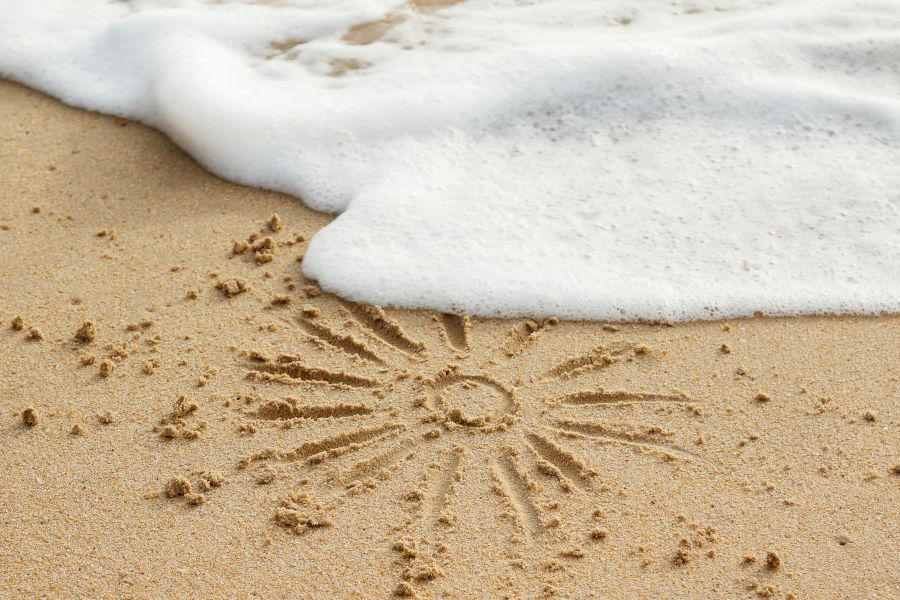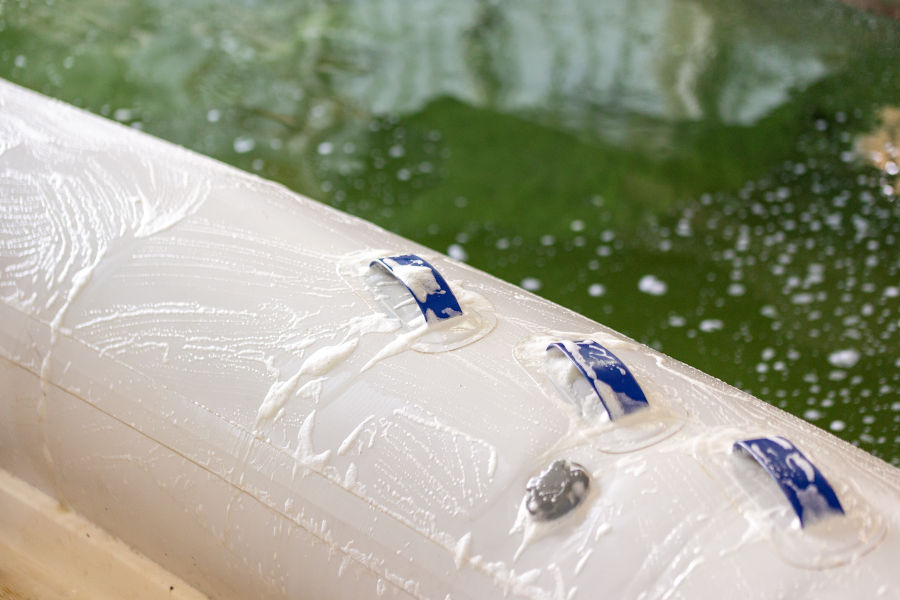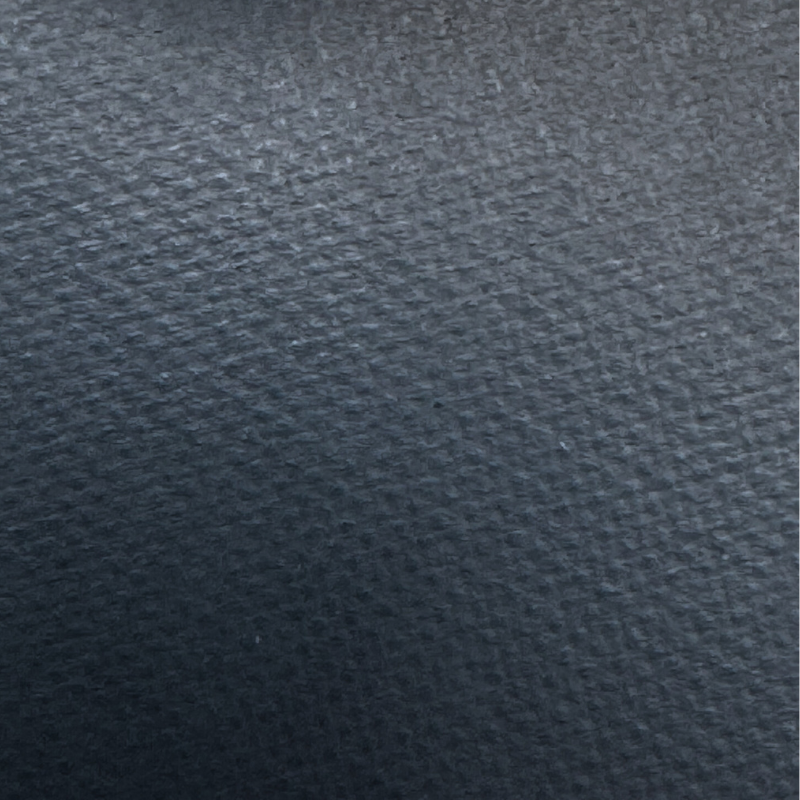
Decoling the seams on the sausages of a semi-rigid boat: what to do?
Air leaks, deformation of sausages, loss of performance and dangers in navigation: The detachment of the seams on the sausages of your semi-rigid boat is not to be taken lightly.
In this article, Orca Retail guides you step by step to better understand this phenomenon, and how to act.
We will first return to the causes and consequences of detachment of seams, then we will discuss the prevention and repair component to solve your problem.
SO, What if your semi-rigid seams are about to let go?
Read the rest to find out!
Causes of the detachment of semi-rigid seams

Unfortunately, there is often more than one culprit in this phenomenon: many factors can influence the sustainability of your semi-rigid seams and sausages. Let's review the rank of the accused, in order to better prevent the risks to come:
Manufacturing defects
- Poor quality materials: The use of lower quality materials can weaken seams.
- Manufacturing errors: Errors when manufacturing seams can make them more sensitive to detachments.
Bad use of the boat
- Contacts and shocks: Friction against quays, rocks or other boats can damage seams, as well as shocks against obstacles.
- Boat overload: Excessive overload can exert significant pressure on the seams and weaken them.
- Excessive speed: Excessive speed can create important forces on sausages and seams.
- Sudden maneuvers: Sudden maneuvers can exert sudden pressure on the seams and weaken them.
Weather and weather conditions
- Sun : UV rays alter the PVC structure, making it more fragile and brittle.
- Salt : Salt water corrodes seams and makes them porous.
- Humidity : Humidity promotes the development of molds and fungi that can attack seams.
- Temperature changes: Temperature variations weaken PVC and can cause cracks.
Natural wear and tear
- Average lifespan: The seams of the sausages of a semi-rigid boat have an average lifespan of 10 to 15 years. If your boat is in this slice, it is completely normal to observe wear and think of repairs or replacements.
- Other factors influencing lifespan: L'interview, the use and environment of storage orBoat wintering impact the longevity of the seams.
In summary, many factors can weaken the seams of your semi-rigid boat and it is important to know them to prevent and repair them.
Consequences of detachment of seams

The detachment of seams on a semi-rigid boat can have serious consequences on its Durability, its performance and passenger safety.
Air leaks and pressure loss
When the seams peel off, The sausages lose air and pressure. This can compromise the buoyancy of the boat, making it difficult to maneuver and making it likely to sink into water. In the event of a significant leakage, the boat can even flow.
Deformation of sausages
The detachments of the seams can also distort the sausages, making them asymmetrical. This affects the performance of the boat in reducing its speed and maneuverability. The boat becomes more difficult to control and is more likely to be damaged in the event of a collision.
Safety risks
In case of significant detachment, The sausages can tear and project debris at high speed. This can hurt the passengers severely, especially in the eyes and the head.
If the sausages are completely deflated, the boat can capsize or sink. Passengers may then fall into the water and injure themselves, in particular in difficult weather conditions, with risks of drowning.
Prevent the detachment of seams for safe navigation

The detachment of seams is a common problem on semi-rigid boats, but it can be avoided thanks to regular maintenance and responsible use.
Cleaning and storage
Regularly clean the sausages with suitable products after each use to remove salt, dirt and residues that can weaken seams.
When you don't browse, Store your boat in a dry place and out of the sun. UV rays can degrade PVC over time, accelerating the wear of seams.
Inflation and capacity
Avoid excessive pressure on the seams by mastering the inflation of your sausages.
Avoid overload respecting the maximum authorized weight capacity.
Monitoring and prevention
Detect the first signs of wear before they turn into more serious problems. Regularly inspect the seams In search of cracks, detachments or signs of weakness. If you spot damage, make preventive repairs as soon as possible.
Finally, Put carefully And avoid excessive shocks and friction against quays, rocks or other boats.
Repair of peedums: guarantee navigation in all serenity

The extent of the detachment determines the repair method.
For small tears, the use of a special PVC marine component glue is generally sufficient. Make sure to scrupulously follow the manufacturer's instructions for correct application.
In case of significant detachment, it is necessary to replace the damaged sewing section. This type of repair requires special expertise. Call on a qualified professional who will be able to guarantee lasting work and in accordance with safety standards.
Our Orca Retail fabrics in neoprene are an excellent option for seam repairs.
This material offers increased resistance to bad weather, UV and abrasion, guaranteeing a lasting and efficient solution.
Moreover, Orca retail fabrics in neoprene are available in a wide range Colors and textures, allowing you to find a solution adapted to the aesthetics of your boat.
Are you passionate about nautical nautical and semi-rigid boats?
Read more about the world of semi-rigids:
